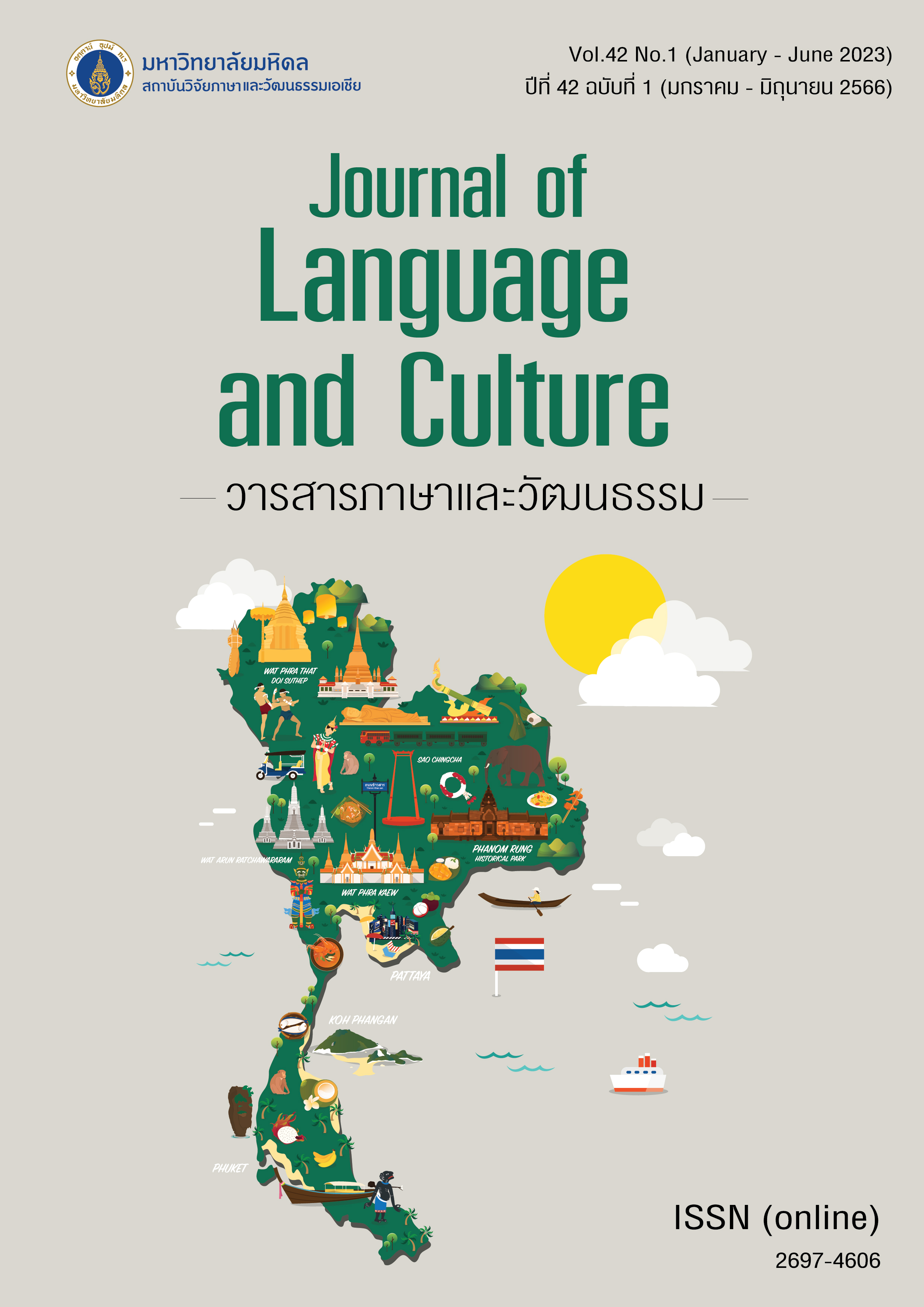Documenting intangible culture for sustainable tourism: Disrupting the tranquil image of Chiang Khan, Loei province
Main Article Content
Abstract
Visual representation has long been a key modality in the creation and promotion of tourism destinations. In today’s digital media landscape, videos and images shared online play a central role in establishing tourist expectations, fueling what are often idealized images and narratives of a place. In the case of the town of Chiang Khan in Loei Province, photos and promotional videos highlight the charm of the wooden vernacular architecture along the sleepy bank of the Mekong River, which serves as a nostalgic backdrop for another major tourist attraction—the morning Buddhist almsgiving ceremony, or tak bat khaw niaw. Since these images of Chiang Khan’s cultural landscape began circulating widely on the internet in 2009, hundreds of thousands of domestic tourists have been drawn to this town on the Thai-Lao border to experience its picturesque cultural heritage and the promise of “slow life” in proximity to nature. Behind its tranquil image, however, Chiang Khan’s intangible heritage has been profoundly affected by the tourism boom of the last decade. Engaging with scholarship on tourism and visual culture, this article presents findings from action-based research about this transformation. Using visual ethnographic methods, this research sought to understand how the residents of Chiang Khan viewed the impacts of tourism on their intangible heritage, and it also garnered local opinions about how to mitigate the adverse impacts of the commodification of cultural heritage. Through a case study of ethnographic film production in Chiang Khan, this article aims to demonstrate that visual methods can play a vital role in fostering constructive dialog among stakeholders and raising awareness about sustainable tourism and intangible culture, both for residents and visitors.
Article Details
The articles featured in the Journal of Language and Culture (JLC) constitute academic works representing the viewpoints of the respective author(s). It is crucial to note that these opinions do not necessarily reflect those of the Editorial Board.
All articles published in JLC are released under the Creative Commons Attribution 4.0 International License (CC BY 4.0). This license grants permission for unrestricted use, distribution, and reproduction in any medium, provided proper credit is given to the original author(s) and the source.


